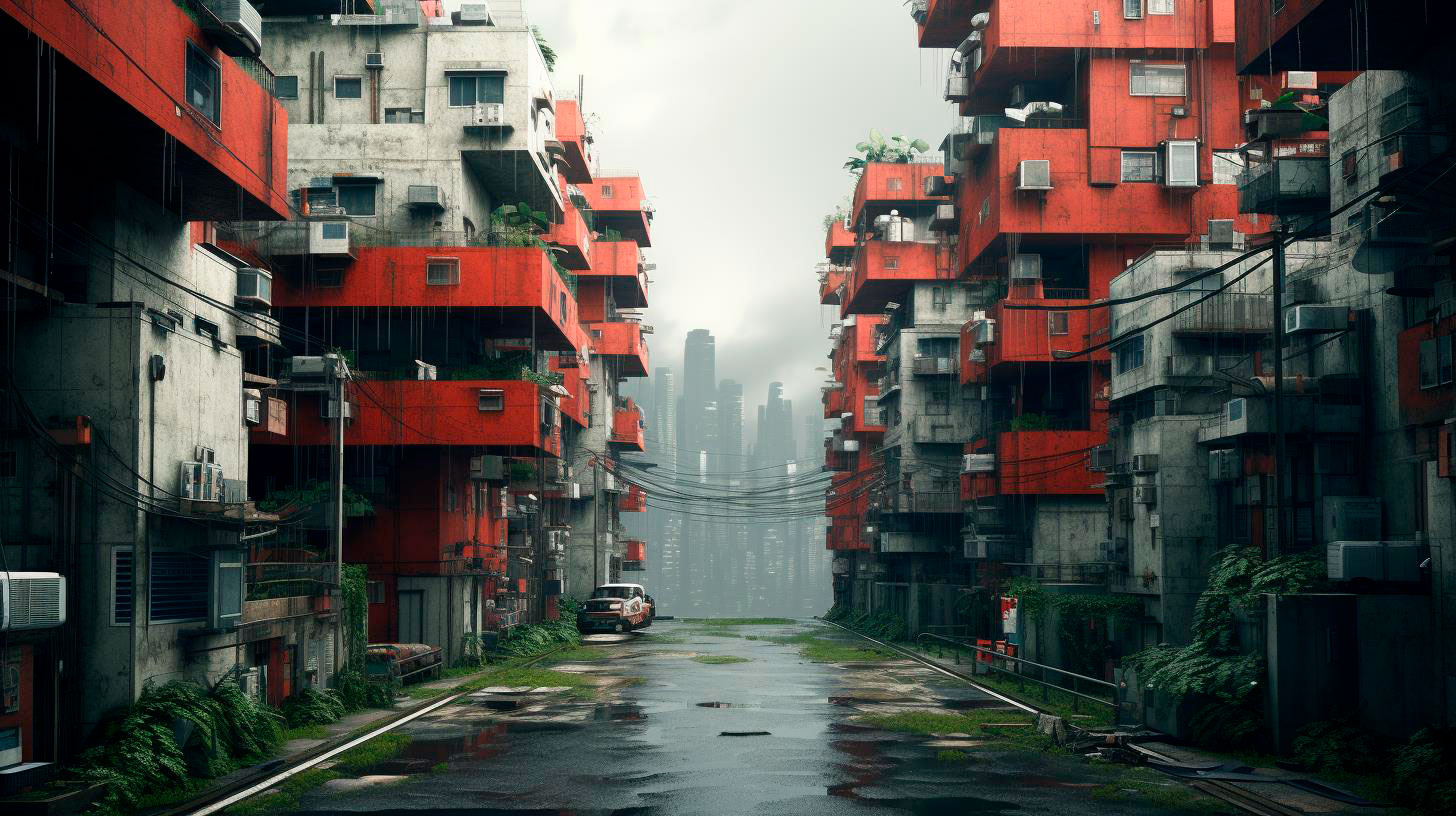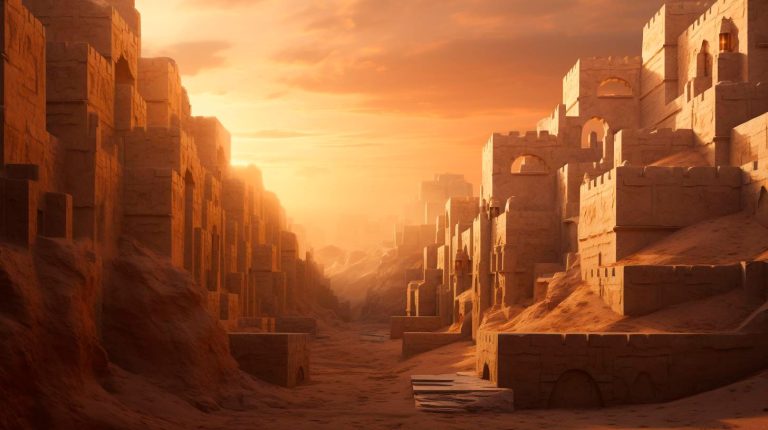In this article, we delve into the concept of visual rhythm, explore its significance in urban photography, and provide some insights on how to master this technique.
The Significance of Visual Rhythm in Urban Photography
Visual rhythm refers to the repetition of patterns, shapes, lines, or colors within an image. It adds a sense of harmony, movement, and structure to photographs, enticing the viewer’s eye. In urban photography, where chaos and dynamism often prevail, capturing visual rhythm can bring a sense of order and intrigue to an image.
Why is visual rhythm so important in urban photography? Here are some key takeaways:
- Engaging Composition: Visual rhythm can help create a well-composed image by leading the viewer’s eyes through the photograph. It guides the eye from one element to another, creating a smooth and enjoyable visual experience.
- Capturing Energy: Patterns and repetitions in urban environments can evoke a sense of energy and movement. Incorporating visual rhythm in your photographs can effectively convey the liveliness and vibrancy of city life.
- Highlighting Structure: By emphasizing patterns in architecture, street art, or even crowds, visual rhythm can accentuate the underlying structure and design in urban settings. It allows the photographer to showcase the inherent artistry that often goes unnoticed.
- Creating Visual Interest: Visual rhythm adds visual interest and intrigue to an image. It attracts the viewer’s attention, making them spend more time observing the details and appreciating the photographer’s skill.
Mastering the Art of Capturing Visual Rhythm
Plan and Observe
Before picking up your camera, take the time to explore your chosen urban environment. Look for repetitive patterns, lines, shapes, or colors that catch your eye. Pay attention to the geometry of buildings, the arrangement of windows, or the patterns on street surfaces. By observing and planning, you can better anticipate potential shots and compositions.
Experiment with Angles and Perspectives
Don’t be afraid to experiment with different angles and perspectives. Sometimes, capturing visual rhythm requires taking a step back or getting up close. Move around the subject, change your focal length, or find higher vantage points to explore new perspectives. A fresh angle can reveal unique patterns and compositions that enhance the visual rhythm in your photographs.
Utilize Leading Lines
Leading lines can be a powerful tool to accentuate visual rhythm. Look for lines in the urban landscape, such as roads, railings, or even the edges of buildings, that guide the viewer’s eyes throughout the frame. By positioning yourself to align these lines with your composition, you can create a compelling visual rhythm that draws the viewer into the image.
Experiment with Black and White
Consider experimenting with black and white photography to enhance the visual impact of rhythm in your urban images. Removing color distractions emphasizes the patterns and shapes, allowing viewers to focus solely on the visual rhythm. Play with contrast and tonal values to create striking monochrome compositions that highlight the power of repetition.
Post-processing Enhancements
Post-processing can be a valuable tool to enhance the visual rhythm in your urban photographs. Adjusting brightness, contrast, and saturation can bring out the patterns and emphasize the repetitive elements. Additionally, using cropping tools, such as straightening lines or removing distractions, can further enhance the composition and strengthen the visual rhythm in the final image.
The Captivating Impact of Visual Rhythm
Mastering the art of capturing visual rhythm in urban photography opens up a whole new world of creative possibilities. Here are some final key takeaways to consider:
- Visual rhythm adds a sense of harmony, movement, and structure to urban photographs, enhancing their overall appeal.
- By employing visual rhythm techniques, photographers can create engaging compositions that guide the viewer’s eye through the image.
- Patterns and repetitions in urban environments evoke energy and vibrancy, effectively capturing the essence of city life.
- Visual rhythm allows photographers to highlight the unnoticed artistry and structure present in urban settings.
- Experimenting with different angles, perspectives, and post-processing techniques can elevate the impact of visual rhythm in your images.
So, next time you find yourself wandering the bustling streets of a city, keep an eye out for the captivating visual rhythms that unfold before you. By mastering the art of capturing these patterns in your urban photography, you can create awe-inspiring images that truly stand out.




















+ There are no comments
Add yours